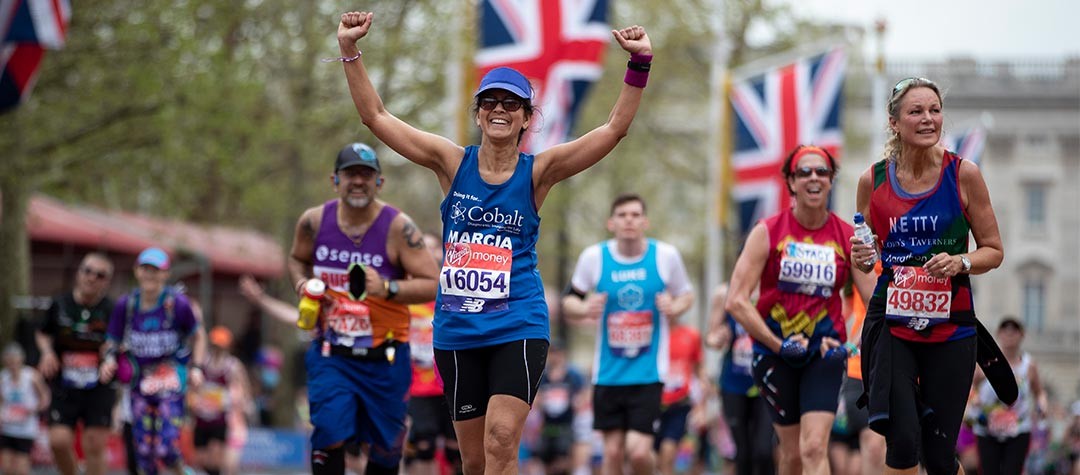Once you’ve been bitten by the marathon bug you’ll want to re-write your personal best. Here’s how you can help to make sure that your next marathon is quicker than any of your previous attempts.
1. Learn from your mistakes
One of the most important things to do at the start of a training block is to reflect upon the last one. Be honest and ask yourself some questions; what did I get wrong in my last marathon? Which aspects of my training can I improve?
If you want to run your quickest marathon yet then you need to ensure that you address any identified areas for improvement in your next training block. Everyone makes mistakes, it’s how you learn from them that counts!
2. Consistency
It’s all too easy to be sucked into a ‘more is better’ mindset, and let’s be honest, big workouts and lots of miles sound ‘sexy’ in running terms! However, so many runners fail to appreciate the value of consistency of training. Twelve weeks of solid, but not spectacular, uninterrupted marathon training is far more likely to produce good results than three weeks of sensational training, followed by nine weeks of injury.
In your quest to run your quickest marathon you should aim to train smarter, not harder. Listen to your body , ensure that you take regular rest and recovery days and don’t be tempted by monster workouts.
3. Specific training
If you’re looking to re-write your marathon personal best then you need to train both your body and your mind specifically for the demands of 26.2 miles. This means doing some longer runs at close to your target race pace.
You can include this type of work by picking up the final third of some of your long runs to goal marathon pace or by including some sustained tempo running. Marathon tempo runs can be anywhere between 5 and 15 miles, depending on your fitness and experience and are best done just slightly slower than marathon pace, (especially when you consider that in normal training you haven't tapered or carbo-loaded).
If you're feeling good then you should aim to pick up the pace in the last few miles or kilometres. You should finish marathon tempo runs feeling like you could have run a little bit faster rather than feeling like you were hanging on for grim death!
Running for an extended period at close to your goal race pace will not only ensure that your muscles can cope with the biomechanical demands of the event, it will also improve your body’s ability to burn fat as an energy source, which is crucial to marathon success. Specific training should also involve trying to replicate the demands of the course. If, for example, your chosen marathon is undulating, you should aim to complete some of your longer runs on an undulating route.
The trick is to gently increase the volume of specific training as you get closer to the race. If you introduce specific training too early in your build up you will most likely be too fit too soon and are then more at risk of being fatigued or injury by the time the race arrives.
4. Progression
After several weeks and training cycles your body will adapt to a training stimulus so in order to make further improvements in fitness you’ll need to progress your training. There are several ways that you can do this but it’s important to only adjust one variable at a time otherwise you risk injury.
- Increase the volume of your running (distance)
- Increase the frequency of your training
- Increase the intensity (pace) of your training
- Decrease the recovery periods during interval sessions
5. Prepare your mental game
From novice to elite, we’ve all had those inner battles with that little voice in our heads that hijacks our minds with negative thoughts. In order to perform at your best you need to master the mental battle that the marathon distance presents.
If you find a particular run or session daunting then breaking it down into manageable chunks of distance or time can be a very useful psychological strategy. Only allow yourself to think about one segment at a time.
Positive self-talk can also be a powerful psychological tool in helping to banish those negative thoughts. This involves replacing any negative statements with positive ones. For example, ‘I can do this’. You can also develop a positive mantra that you repeat to yourself such as ‘ relax ’ or ‘ strong ’. Find what works for you.














